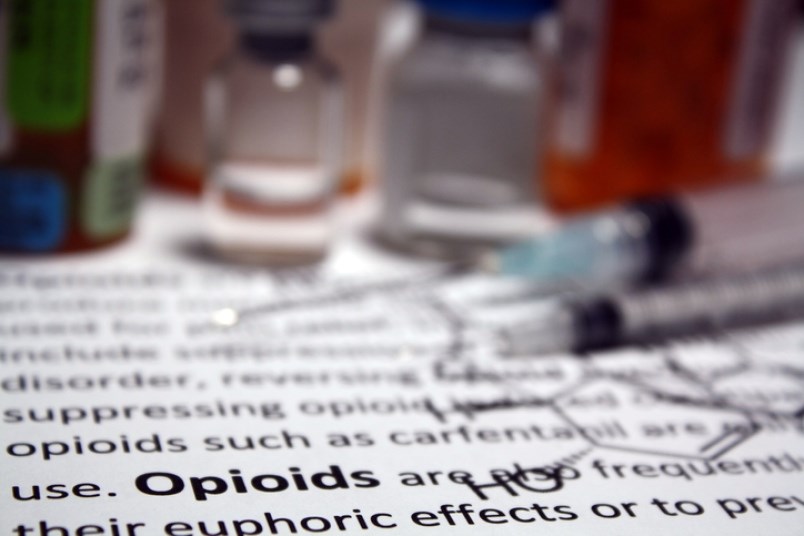Editor:
Over the past four months, we have been through a lot.
We have been stuck at home. We have been physically distancing, sitting at home watching the COVID-19 infection and mortality statistics on television and various social media platforms. We have been anxiously waiting to see if the infection rates would stabilize, if the mortality rates would decrease to a point where we can return to our normal lives.
While we were all focused on the infection and mortality rates of the one public health emergency, another public health emergency, the opiate poisoning crisis, faded to the background.
Last week, the shocking opiate poisoning death rates were released. In May 2020, 170 people in British Columbia died of opiate poisoning. This is the highest death rate that has been recorded thus far. Even more shocking is that the number of deaths is more than the total number of deaths in the course of the COVID-19 public health emergency. The number of people who died of opiate poisoning in May 2020 was more than all the people who have died of COVID-19 since the public health emergency was declared in March 2020. I hate to say that, while this may have been a surprise to the general public, those who work with social and health-care services for people who use substances this was fearfully anticipated.
I work in health care. The area that I specialize is mental health and substance use. I know that the speed at which services were able to pivot, re-organize and mobilize to respond quickly to the COVID-19 crisis was necessary. It was also inspiring because the healthcare issue was identified early, with swift action taken by all levels of government to organize policy and processes which were effectively translated into practice and monitored for effectiveness.
People took the direction of the health ministers seriously, and communities came together to help each other through a public health crisis. My heart breaks because over the course of years, thousands of deaths and incredible heartbreak and moral distress the services, action to address the opiate poisoning health emergency have lagged, even receded.
Why the difference?
The only difference I see is the distance, the judgment, the misconceptions we cannot seem to shake about substance use and substance users. COVID-19 was presented and viewed as a health issue that impacts everyone, whereas opiate overdose remains laden with stigma, moral judgment and is still seen as a problem that only impacts a few. As a society, we continue to view substance use as a burden that individuals must bear, an individual choice that has individual consequences. But many people use substances, many people from all type of social and economic backgrounds have substance use issues, especially in times of large-scale parallel crises like COVID-19 and the housing crisis.
We need to recognize that these are syndemics, health epidemics that occur together but also that effect each other.
The opiate poisoning crisis has been ongoing over the course of years, the COVID-19 crisis was another layer that added to the health stress of many. We are all effected by these crises.
Traditionally, public interest peaks when youth or someone who fits into the mold of “normal” dies an opiate-related death. We feel empathy, we want to help. We want to fix the problem.
However, the outrage, the motivation soon fades, and the people who are directly impacted, those who are getting sick and dying return to their realm of indistinct people who use substances, often substances classified as illegal. Moral judgment continues to guide the public perception of those who are most impacted by opiate deaths.
However, those who are dying also have loved ones, those who are dying were also members of their communities, those who are dying were human beings who deserve the same attention and action to mobilize resources to end the opiate poisoning crisis.
People who use substances are forgotten, invisible, ignored, while at the same time stereotyped, judged, and rejected by society.
However, with the increased political will to change the systemic violence enacted by social, political and economic structures because of the Black Lives Matter movement in the United States, the fuel to light the fire to illuminate the role of systemic racism in the complex issues that lead to illicit substance use may be here. These issues are related to poverty, racism, classism, sexism, and values.
It is time for those who believe in socio-political change to ready themselves to mobilize, to educate, to engage the public on the social injustice of the lack of action that has happened in addressing the complex issue of opiate poisoning.
Michelle Danda, New Westminster



